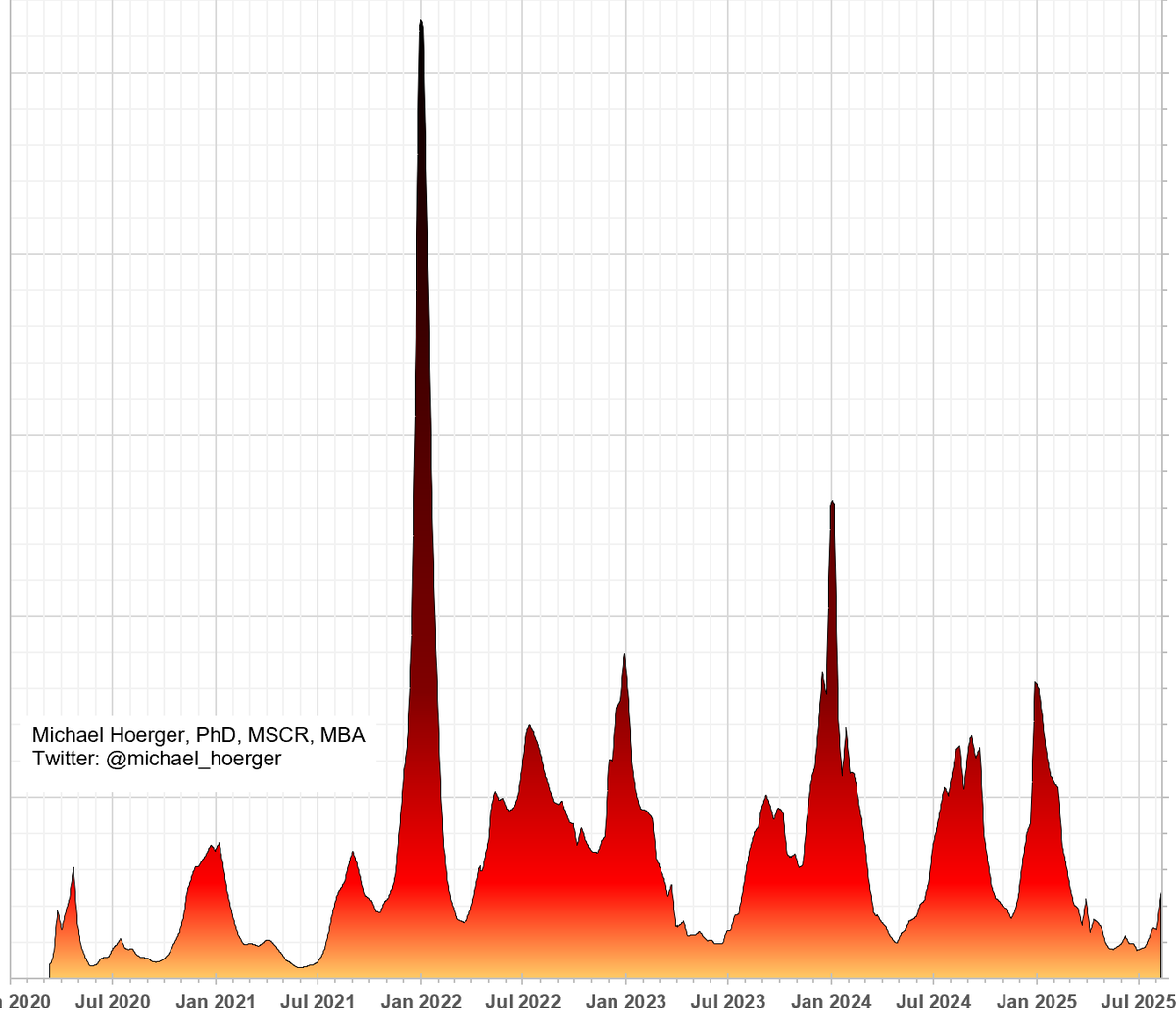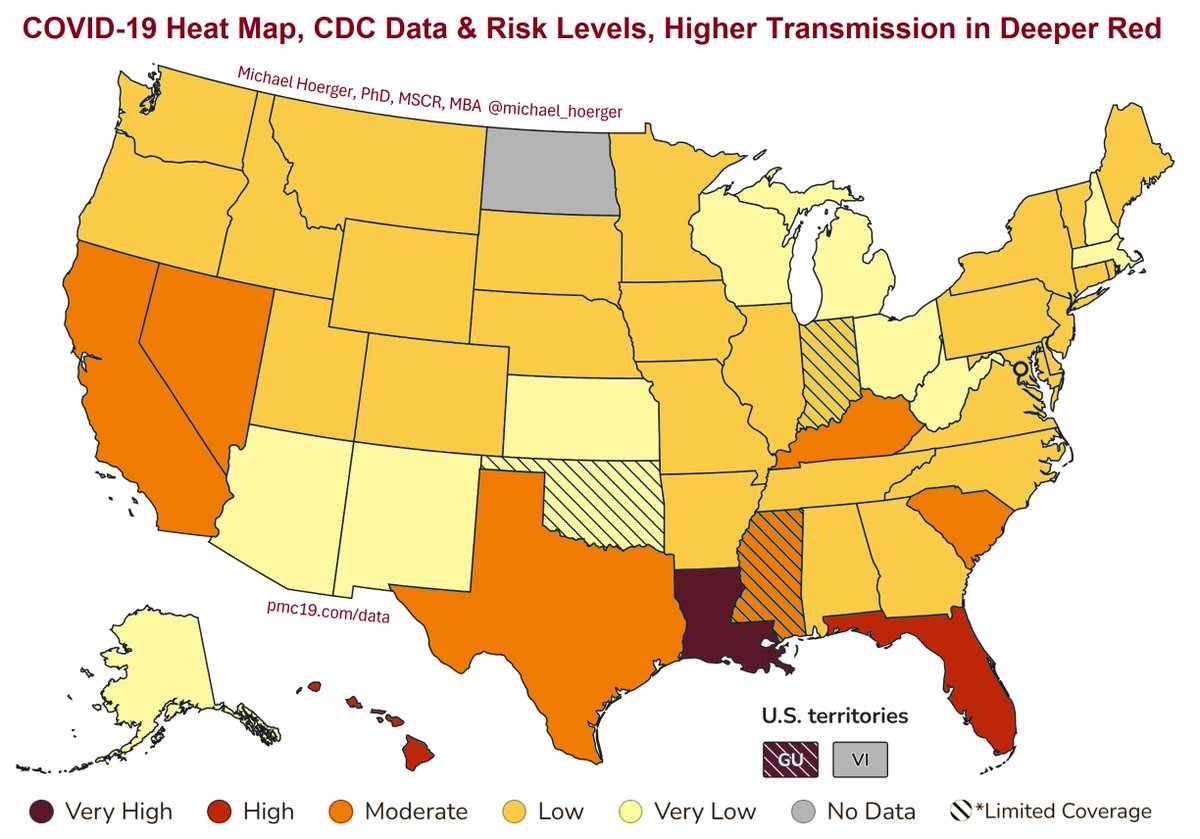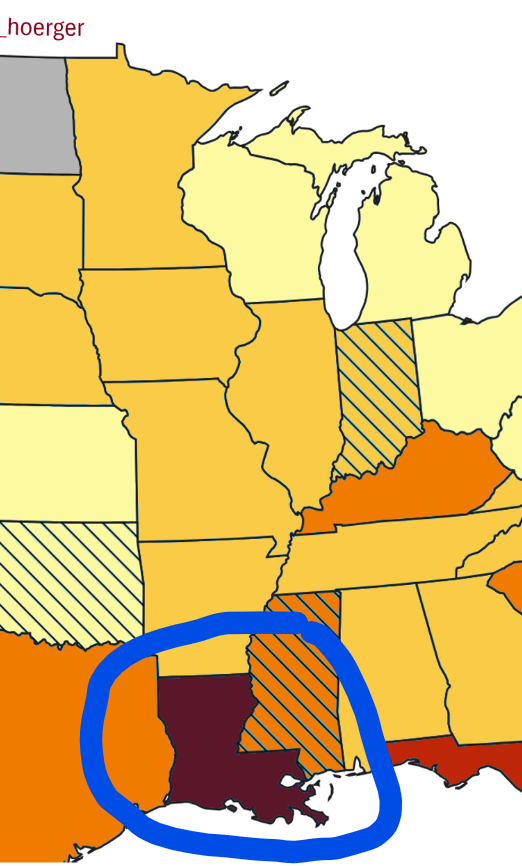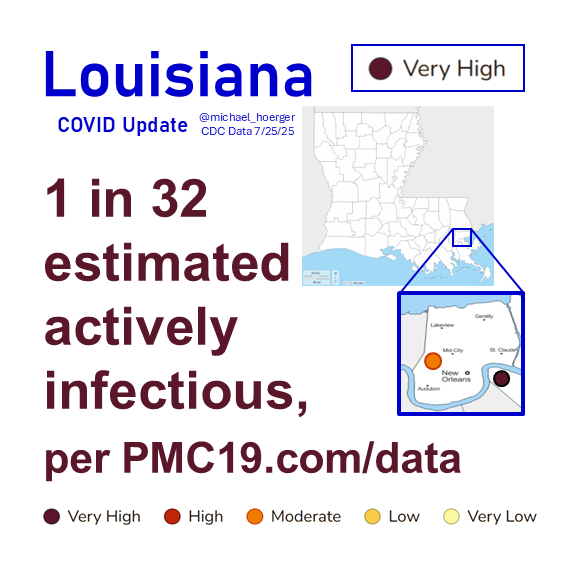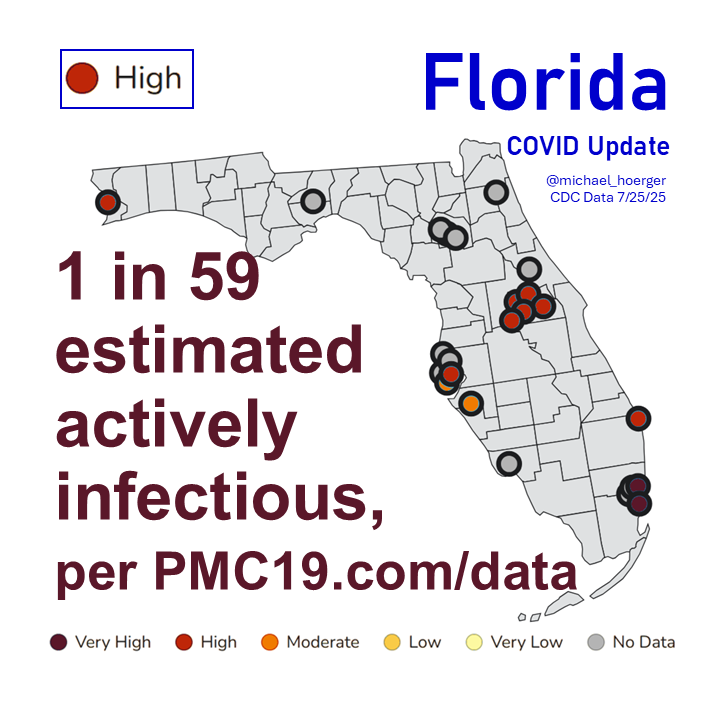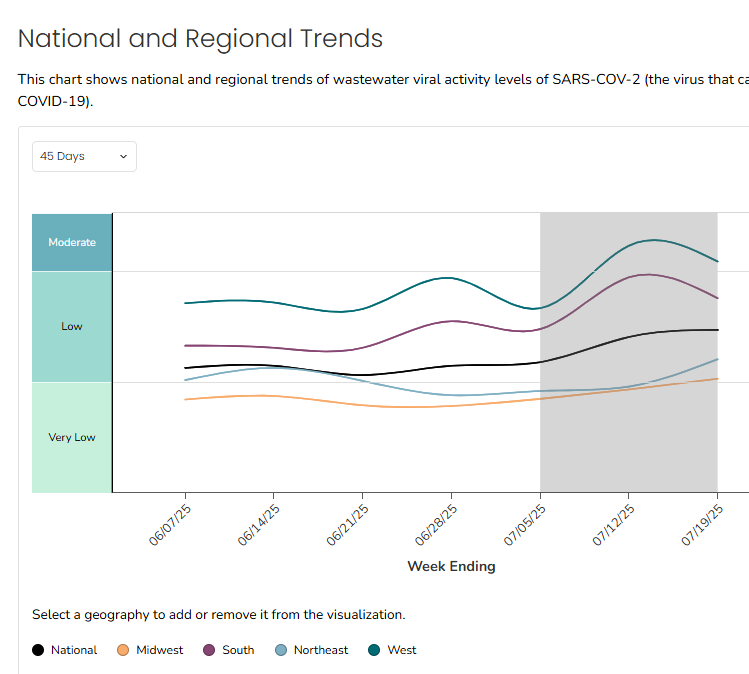Tip #1: Masks buy time. Context matters too: Ventilation (HVAC/outdoor air), filtration (HEPA), & ⬇️ people buy more time.
The longer you’ll be someplace or the worse the context, the better the mask you’ll need.
In a “typical” setting, you might expect this (per @akm5376):
The longer you’ll be someplace or the worse the context, the better the mask you’ll need.
In a “typical” setting, you might expect this (per @akm5376):

Tip #2: If you’re going to be someplace a long time (home, office, hospital, wedding), open windows, add #HEPA, turn HVAC from ‘auto’ to ‘on' & do testing.
BOOM, you just improved your mask. Better context = less work for the mask.
BOOM, you just improved your mask. Better context = less work for the mask.
https://twitter.com/CorsIAQ/status/1503941214285955073
Tip #3: These are my three fav N95s. The Aegle & 3M Aura are good for most adult size faces. The Vflex is good for larger faces. I think 80-90% would be happy with the Aura.
What’s your fav #N95 and why?
What’s your fav #N95 and why?
https://twitter.com/michael_hoerger/status/1509636127396925447
Tip #4: Have a unique concern? There’s an N95 for you. Just ask.
For example, a lot of people like the Airgami if they have COPD or other breathing challenges.
The Readimask is good for MRIs, haircuts, or dental visits.

For example, a lot of people like the Airgami if they have COPD or other breathing challenges.
The Readimask is good for MRIs, haircuts, or dental visits.
https://twitter.com/findmeabluebird/status/1517896018188197891

Tip #5: Do a quick #N95 seal check each time. Fit the nose piece using both hands. Exhale a deep breath to check for obvious leaks.
Read the instructions that came w/them, e.g., the 3M Aura or Vflex should be pulled back taut under the chin, not loose.
cleanaircrew.org/masks/#How_to_…
Read the instructions that came w/them, e.g., the 3M Aura or Vflex should be pulled back taut under the chin, not loose.
cleanaircrew.org/masks/#How_to_…
Tip #6: At low cost, you can fit-test an N95.
Buy a nebulizer & sweet (called FT-31) or bitter (FT-32) fit testing solution. The nebulizer vaporizes the solution. If you can taste it, your mask has gaps.
Buy a nebulizer & sweet (called FT-31) or bitter (FT-32) fit testing solution. The nebulizer vaporizes the solution. If you can taste it, your mask has gaps.
https://twitter.com/amandalhu/status/1523404690423095296
https://twitter.com/denise_dewald/status/1541493238682501120
https://twitter.com/__philipn__/status/1523517311415513090
Tip #7: N95s are great, but for a better fit, try an “#elastomeric.”
That’s just a reusable elastic-band type mask.
Twitter search “elastomeric” for recs & sizing. Good ones: GVS models ($), @DentecSafety ComfortAir ($), @flo_mask ($$, adult & kid’s size), & Envo mask ($$)
That’s just a reusable elastic-band type mask.
Twitter search “elastomeric” for recs & sizing. Good ones: GVS models ($), @DentecSafety ComfortAir ($), @flo_mask ($$, adult & kid’s size), & Envo mask ($$)

Tip #8: Always buy directly from the manufacturer, a nonprofit like @projectn95, or a verified sourced. For example, Amazon sells a ton of fakes, but GVS is verified to sell authentically via Amazon. Do your homework.
Any questions on where to buy?
projectn95.org
Any questions on where to buy?
projectn95.org
Tip #9: Share the wealth. You can give away N95s to your family, friends, co-workers, patients, clinicians, & community.
Share these tips too. RT 🔁or post these tips on legacy platforms like Facebook
Share these tips too. RT 🔁or post these tips on legacy platforms like Facebook
https://twitter.com/michael_hoerger/status/1469387533532471301

Tip #10: Follow for more N95 and elastomeric tips…
@LazarusLong13 @amandalhu @Amal4Solutions @sri_srikrishna @akm5376 @projectn95 @NgoTheWorld @ghhughes @denise_dewald @crosscutanne @masknerd
Who else?
@LazarusLong13 @amandalhu @Amal4Solutions @sri_srikrishna @akm5376 @projectn95 @NgoTheWorld @ghhughes @denise_dewald @crosscutanne @masknerd
Who else?
FYI, I have no COIs, including no investment in any company listed. I’m a multidisciplinary scientist. My goal is to pass along advice from experts in a way that’s more relatable to communities.
• • •
Missing some Tweet in this thread? You can try to
force a refresh








